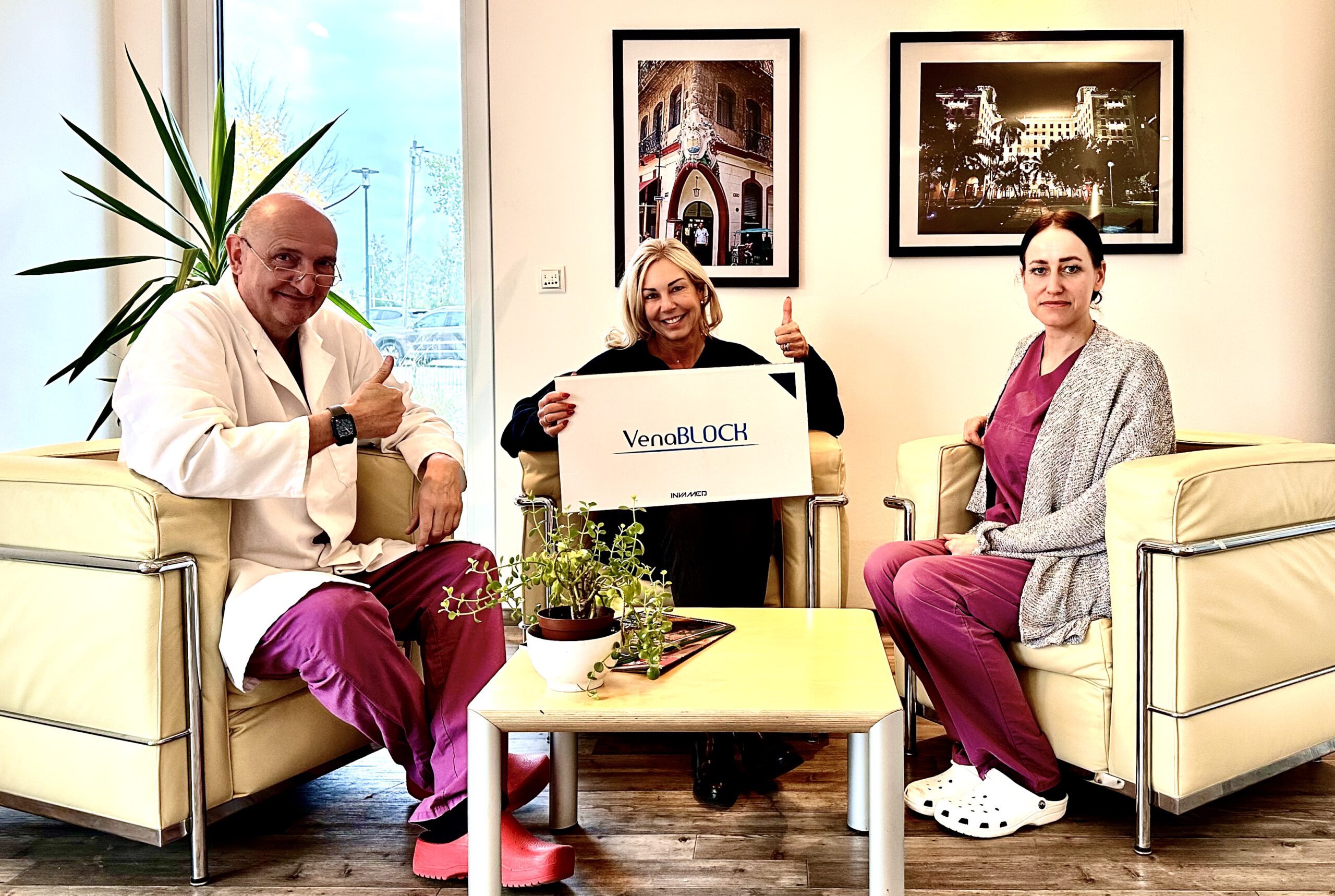Saphenion® Rostock: Einführung des Venenklebers VenaBlock® – Erweiterung des schonenden Therapiespektrums
Saphenion® Rostock: Introduction of the vein glue VenaBlock® – expansion of the gentle therapy spectrum
Saphenion® Rostock: Einführung des Venenklebers VenaBlock®: Mit der Einführung des Venenklebers VenaBlock® als zweitem Klebersystem für Krampfadern und drittem Kathetersystem wollen wir bei Saphenion® in Rostock das Spektrum für die Kathetertherapie von Krampfadern noch einmal erweitern und verbessern. Heute wurde ein weiterer Eingriff mit dem VenaBlock – System durchgeführt. Die Patientin kam aus Erfurt direkt nach Rostock. Bei Ihr waren vor mehr als 10 Jahren beide Magnastammvenen mittels Radiowellen – Katheter behandelt worden – jedoch unvollständig und inkomplett. Es hatten sich an beiden Unterschenkeln bis oberhalb des Kniegelenkes jeweils eine schmerzhafte neue Stammkrampfader gebildet. Der Eingriff an beiden Beinen simultan dauerte 25 Minuten, die Patientin erhielt ein leichtes Beruhigungsmittel.
Die Behandlung wurde ohne Anästhesie durchgeführt, nach 20 Minuten Ruhephase im Aufwachraum erhielt unsere Patientin noch eine Massagetherapie und eine Sauerstoff – Mehrschritt – Therapie, bevor sie dann nach ca. 90 Minuten unsere Praxis verließ und mit Ihrem Auto Richtung Hotel fuhr – sie wird morgen zur Nachkontrolle zu uns kommen.
Saphenion® Rostock: Introduction of the VenaBlock® vein glue: With the introduction of the VenaBlock® vein glue as a second sealing system for varicose veins and a third catheter system, we at Saphenion® in Rostock want to once again expand and improve the spectrum for the catheter therapy of varicose veins. Today, another procedure was performed with the VenaBlock system. The patient came from Erfurt directly to Rostock. More than 10 years ago, both of her greater saphenous veins had been treated with radio wave catheters – but incompletely and only in the upper leg area. A painful new truncal varicose vein had formed on both lower legs up to above the knee joint. The procedure on both legs simultaneously lasted 25 minutes, and the patient was given a mild sedative.
The treatment was performed without anesthesia, after 20 minutes of rest in the recovery room, our patient received another massage therapy and oxygen – multi-step – therapy, before she left our practice after about 90 minutes and drove with her car towards the hotel – she came to us tomorrow for a follow-up.
Saphenion® Rostock: Einführung des Venenklebers VenaBlock® – Unsere Indikationen
Saphenion® Rostock: Introduction of the vein glue VenaBlock® – Our indications
Wir sehen den ergänzenden Einsatz des Venenklebers VenaBlock® in erster Linie bei der Single – Behandlung einer Stammkrampfader (Vena saphena magna / V. saphena parva) oder eines Paares hinterer Stammkrampfadern (Vena saphena parva). Daneben ist die Behandlung von Doppelanlagen der Stammkrampfadern, von Rezidivstammkrampfadern und insbesondere von vorbehandelten inkomplett sanierten Stammkrampfadern denkbar. Auch die Behandlung von Verbindungsvenen ist schonend möglich..
Die gleichzeitige Behandlung von mehreren Stammkrampfadern in einer Sitzung sehen wir hingegen eindeutig eher beim VenaSeal®-System. Dies wird auch in Zukunft der Schwerpunkt unserer Arbeit sein, da wir die endovenöse Therapie aller Stammkrampfadern, wann immer möglich – wie seit 2012 schon – simultan in einer Sitzung durchführen wollen.
We see the complementary use of the VenaBlock® system primarily in the single treatment of an anterior truncal varicose vein (GSV) or a pair of posterior truncal varicose veins (SSV). In addition, the treatment of double structures of the truncal varicose veins, of relapsing truncal varicose veins (REVAS), especially of pretreated incompletely rehabilitated truncal varicose veins and of incomplete truncal varicose veins is conceivable. The treatment of connecting veins is also an option.
On the other hand, we see the simultaneous treatment of multiple truncal varicose veins in one session more clearly with the VenaSeal® – system. This will also be the focus of our work in the future, as we want to carry out the endovenous therapy of all truncal varicose veins – since 2012 – simultaneously in one session whenever possible.
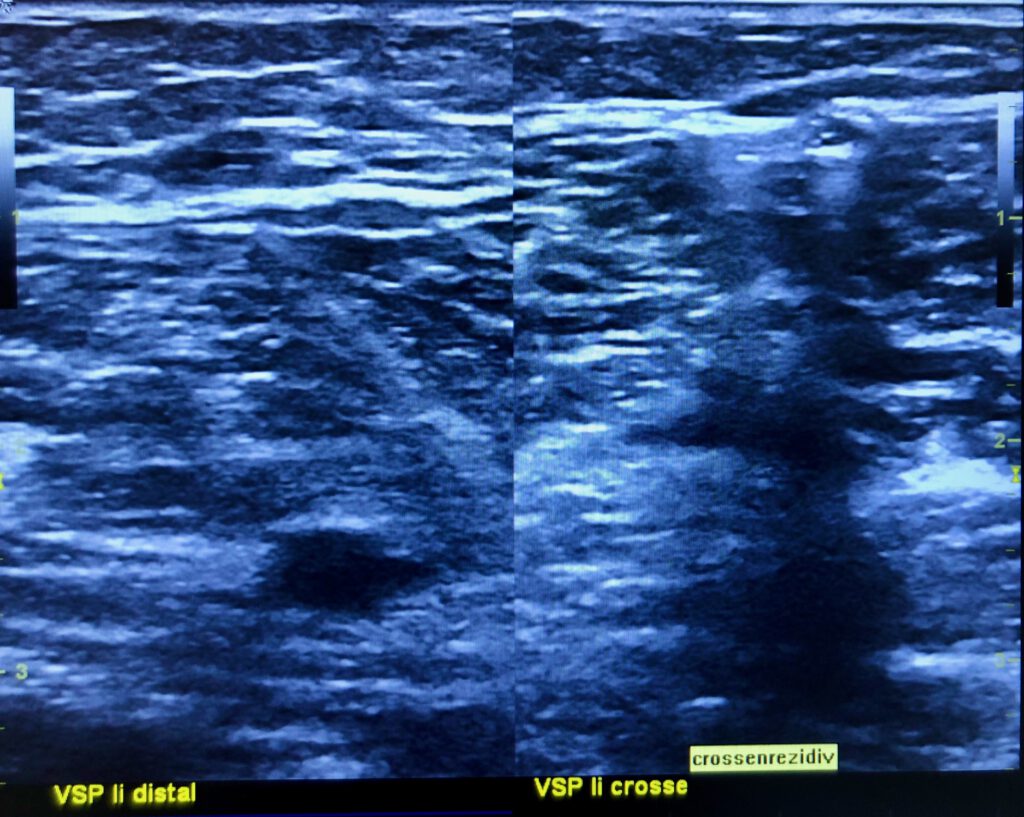
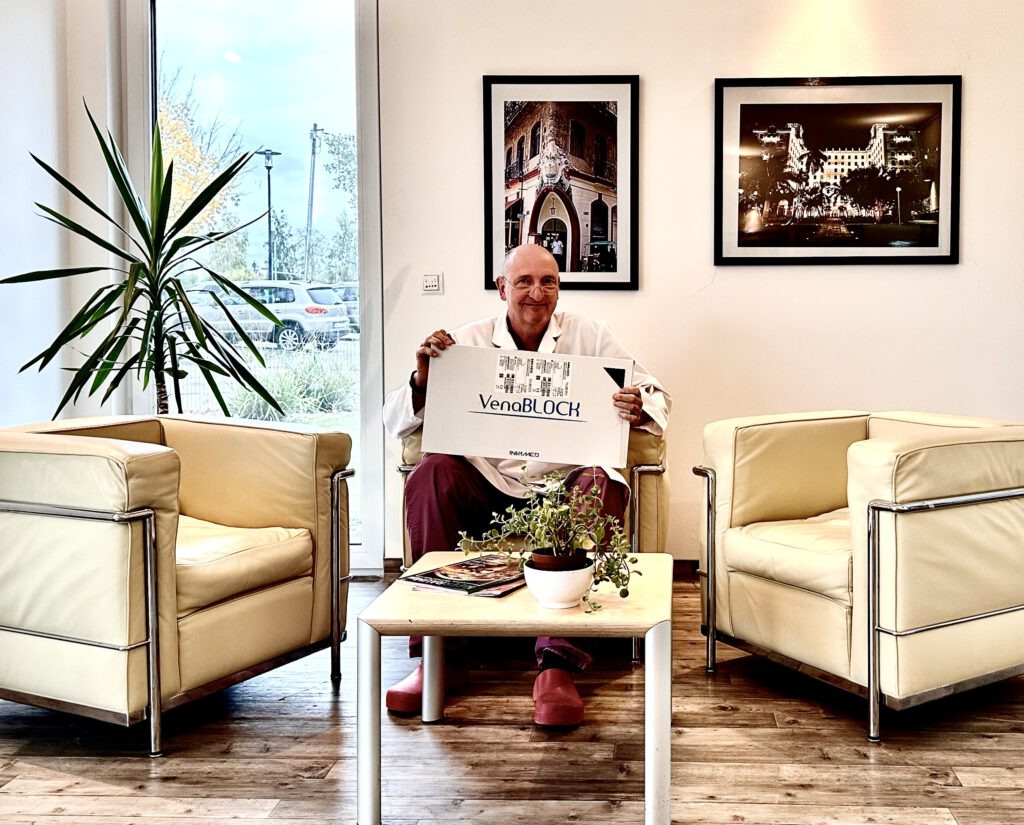
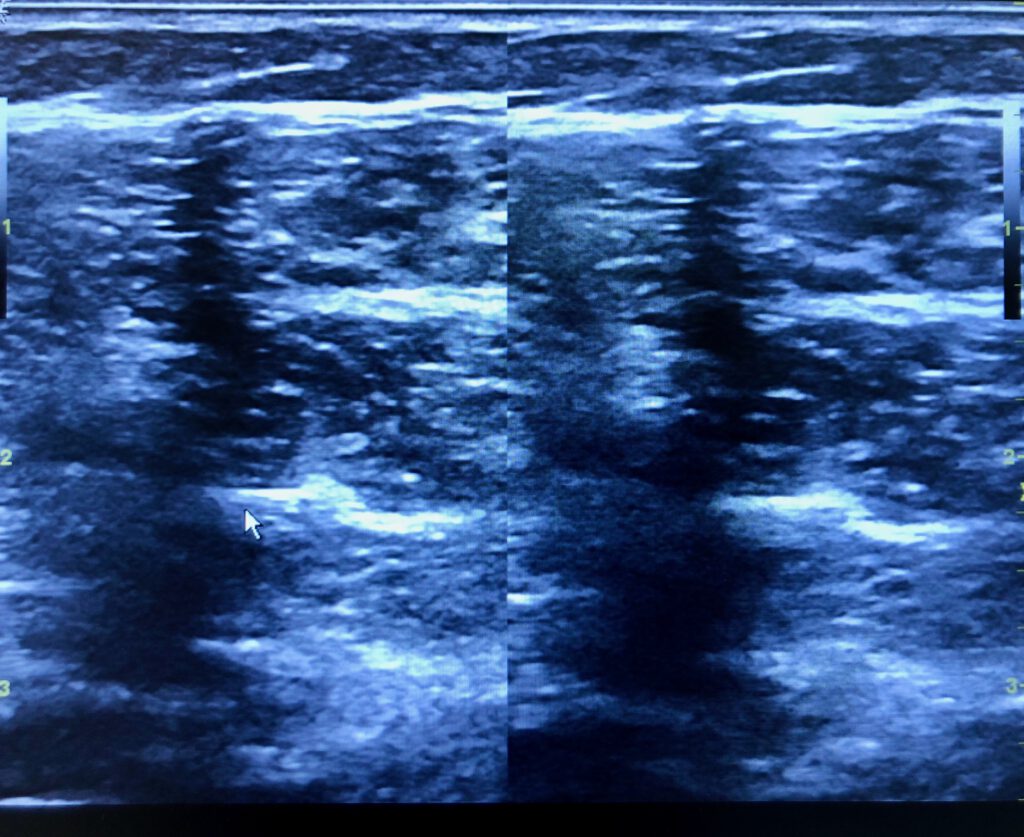
Saphenion® Rostock: Einführung des Venenklebers VenaBlock® – ein kurzer Überblick.
Saphenion® Rostock: Introduction of the vein glue VenaBlock® – a short overview.
Die Behandlung von Krampfadern mit biologischem Klebstoff ist eine revolutionäre Technik, die erstmals 2010 in Amerika auf den Markt kam (VenaSeal®). Ein Jahr später wurde es in Europa zertifiziert und erhielt das CE – Konformitätszeichen. Die Ergebnisse der im Jahr 2012 – 2015 durchgeführten klinischen Studien der FDA haben gezeigt, dass es sich damals um die sicherste und effektivste Methode zur Behandlung von Krampfadern handelte. Es beseitigt nicht nur kosmetische Mängel, sondern auch die Ursache ihres Auftretens – den venösen Reflux.
Die Unterschiede zwischen der Krampfaderbehandlung mit biologischem Klebstoff (VenaSeal®, VenaBlock®) und anderen Methoden sind folgende:
Die Verfahren werden ambulant durchgeführt und erfordern keine Bettruhe. Ein Patient kehrt ca. 2 Stunden nach dem Eingriff nach Hause zurück und kann nahezu allen persönlichen AKtivitäten bereits am Op – Tag wieder nachgehen; die Verfahren erfordern keine besondere Vorbereitung; der Eingriff ist minimal traumatisch. Es gibt keine für eine Operation typischen Schnitte; in der postoperativen Phase sind keine Verbände, Kompressionsstrümpfe und besondere Pflege erforderlich; die Behandlung ist so angenehm wie möglich und weitgehend schmerzfrei. Es gibt keinen thermischen Effekt, daher besteht keine Gefahr von Nervenfaserschäden (Sensibilitätsstörungen), Blutungen und Verbrennungen; die zugelassenen Kleber VenaSeal® und VenaBlock® sind biochemisch und klinisch sehr sicher und enthalten keine Karzinogene.
Der Venenkleber VenaSeal® besteht aus honigartigem n-Butyl-2-Cyanoacrylat. Der Venenkleber VenaBlock® besteht aus flüssigem n-Butyl-2-Cyanoacrylat.
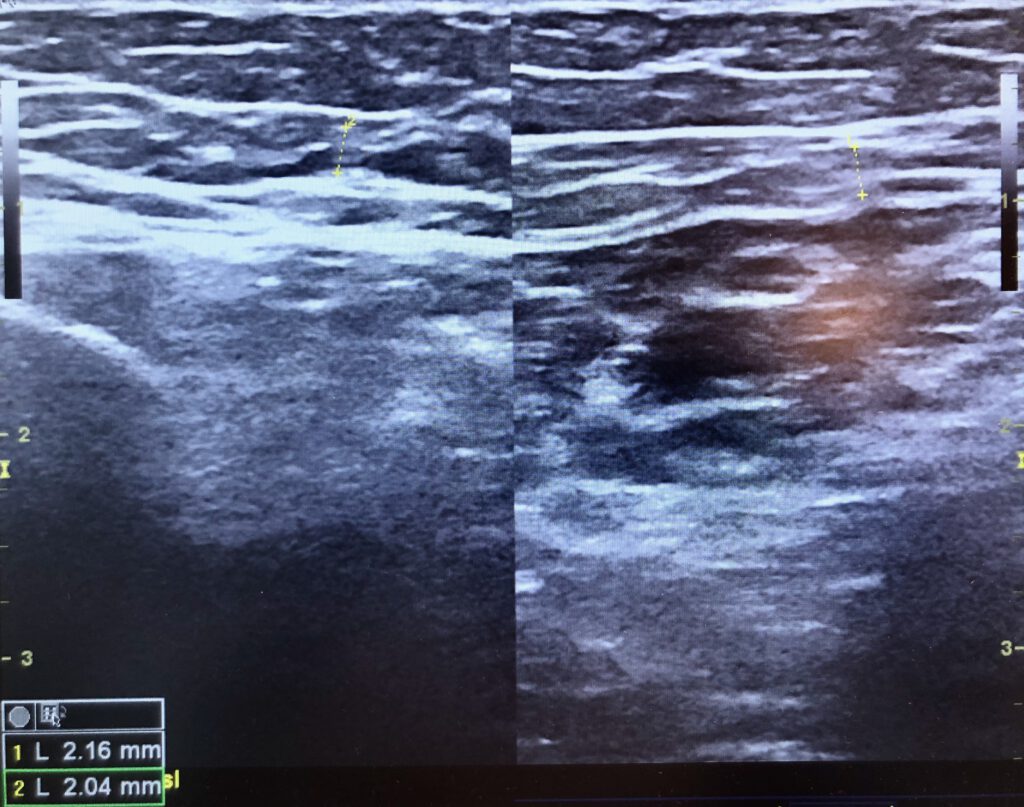
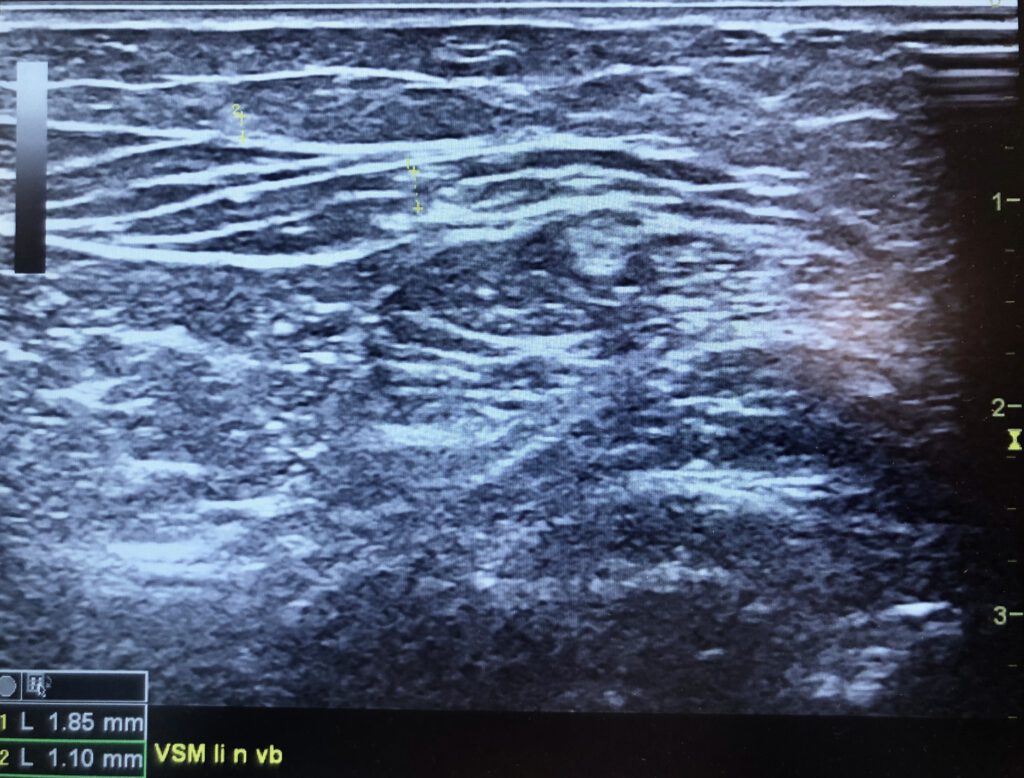
Treatment of varicose veins with bio glue is a revolutionary technique that first appeared in 2010 in America (VenaSeal®). A year later, it was certified in Europe and received the CE conformity mark. The results of the FDA’s clinical trials from 2012 to 2015 proved it to be the safest and the most effective method of varicose veins treatment at that time. It eliminates not only cosmetic defects but also the cause of their appearance – venous reflux.
The differences between varicose veins treatment with bio glue (VenaSeal®, VenaBlock®) and other methods are the following: The procedures are performed on an ambulatory basis and don’t require prolonged bed rest. A patient returns home nearly 2 hours after the intervention and can engage in daily activities on this day. The procedures don’t require special preparation; the intervention is minimally traumatic. There are no incisions that are typical for surgery. We need no dressings or compression stockings, and special care is required in the postoperative period. The treatments are as comfortable as possible and relatively painless. There is no thermal effect, so there is no risk of nerve fiber damage (loss of sensitivity), bleeding, and burns. The glue is as safe as possible and contains no carcinogens.
The vein glue VenaSeal® consists of honey-like n-butyl-2-cyanoacrylate. The vein glue VenaBlock® consists of liquid n-butyl-2-cyanoacrylate.
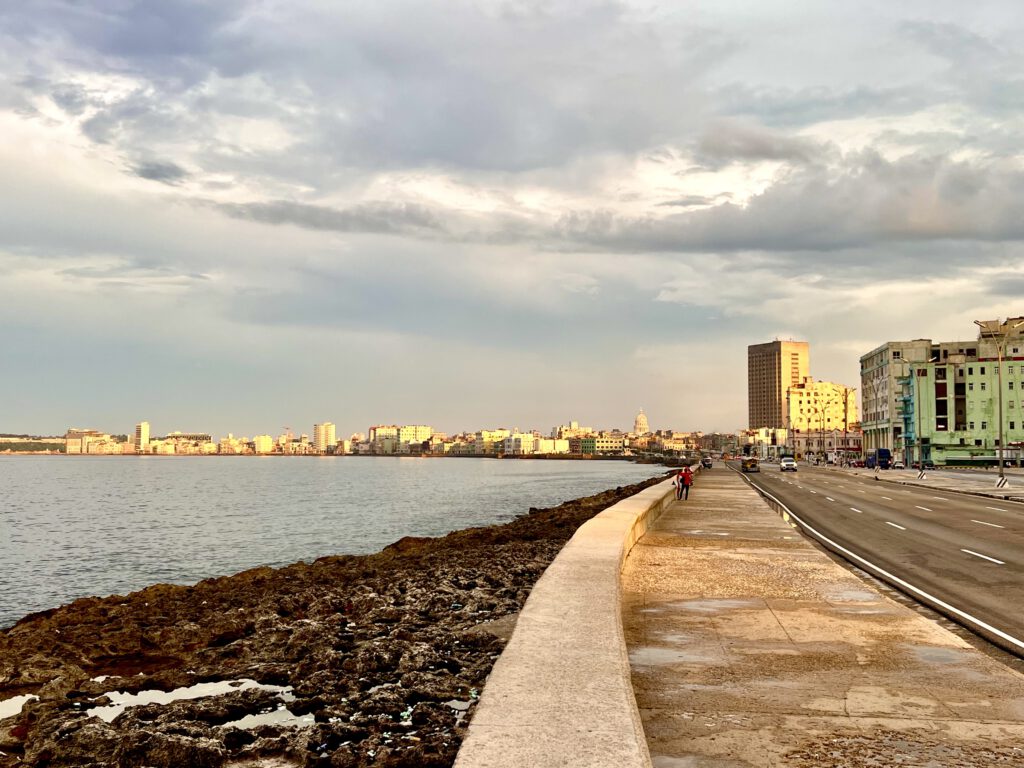
Photos / Video: Utzius, S Petra
Literatur / Links:
Linn YL, Yap C, Soon S, Chan SL, Khoo V, Chong TT, Tang TY. Registry to investigate the efficacy and safety of the VenaBlock©VeIn SEaling system for VaRicose veins in Singapore – Six months results of the RIVIERA trial. Phlebology. 2021 Jun 21:2683555211025181. doi: 10.1177/02683555211025181. Epub ahead of print. PMID: 34152882.
Wilczko J, Szary C, Plucinska D, Grzela T. Two-Year Follow-Up after Endovenous Closure with Short-Chain Cyanoacrylate versus Laser Ablation in Venous Insufficiency. J Clin Med. 2021 Feb 7;10(4):628. doi: 10.3390/jcm10040628. PMID: 33562190; PMCID: PMC7914451.
Yavuz T, Acar AN, Aydın H, Ekingen E. A retrospective study of a new n-butyl-2-cyanoacrylate glue ablation catheter incorporated with application guiding light for treating venous insufficiency: Twelve-month results. Vascular. 2018 Oct;26(5):547-555. doi: 10.1177/1708538118770548. Epub 2018 Apr 11. PMID: 29642798.
Yiğit G. How effective is cyanoacrylate closure in small saphenous vein insufficiency? A single-center experience. Vascular. 2021 Oct 14:17085381211051494. doi: 10.1177/17085381211051494. Epub ahead of print. PMID: 34649473.
Parsi K, Kang M, Yang A, Kossard S. Granuloma formation following cyanoacrylate glue injection in peripheral veins and arteriovenous malformation. Phlebology. 2020 Mar;35(2):115-123. doi: 10.1177/0268355519856756. Epub 2019 Jun 15. PMID: 31204574.
http://www.dermitek.com/pdf/European_College_Phlebology_guideline_truncal_ablation.pdf
https://www.veinhealth.com.au/venablock/
https://clinicaltrials.gov/ct2/show/NCT04339075
